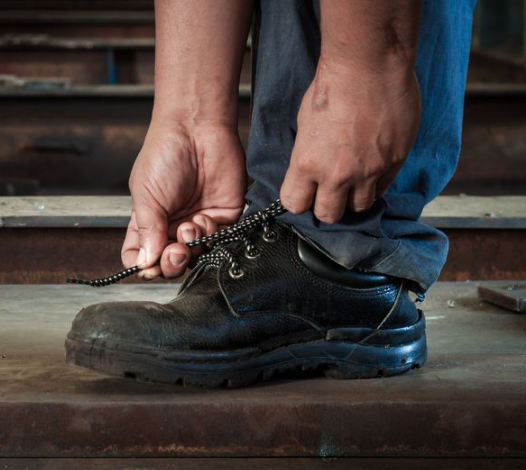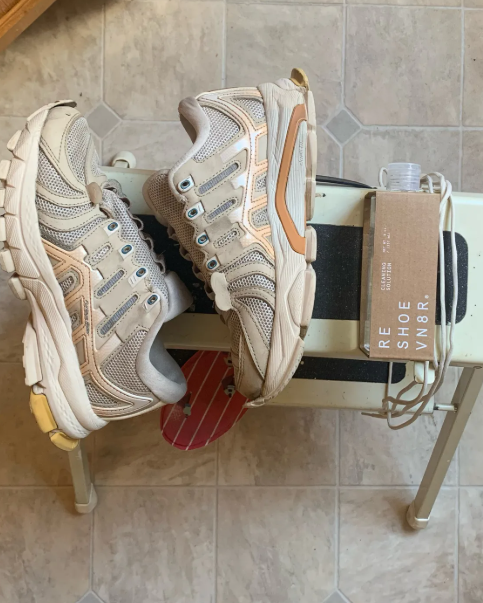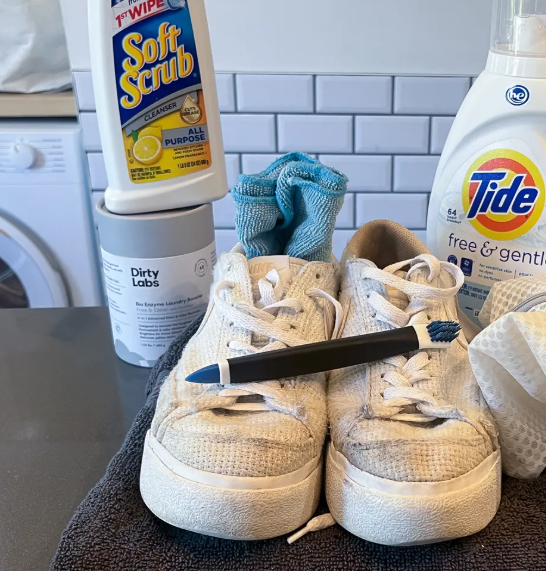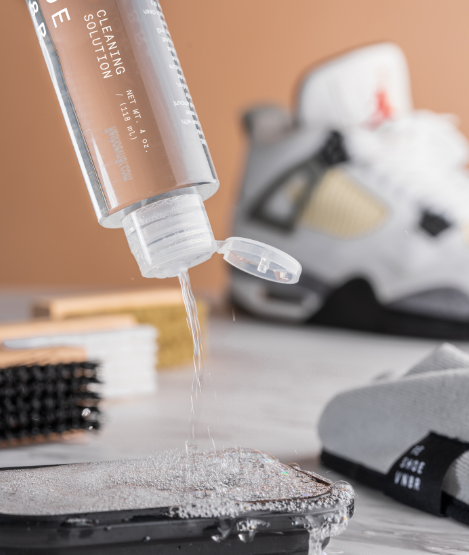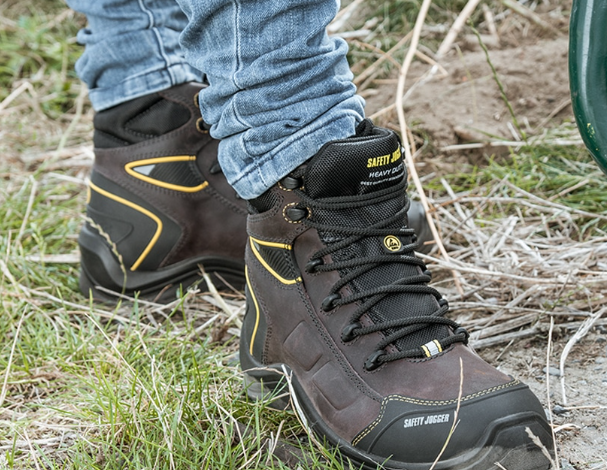
High-Cut vs Low-Cut Safety Footwear: Which One is Right for You?
When it comes to choosing the best safety footwear for work, one key decision is whether to go for high-cut or low-cut options. Although this choice may seem simple, it plays a crucial role in your comfort, protection, and performance. Both types offer distinct advantages and disadvantages, so understanding their unique features is essential for selecting the best fit for your work environment.
Let’s take a closer look at high-cut and low-cut safety footwear to help you make an informed decision.
High-Cut Safety Footwear
Key Features of High-Cut Safety Footwear
High-cut safety shoes are designed with extra protection in mind, offering stability and enhanced foot safety in demanding work environments. Key features include:
- Ankle Support: The high-cut design wraps around the ankle, helping to prevent sprains and twists.
- Durable Materials: Often made from leather, microfiber, or advanced textiles, they are resistant to abrasion and external hazards.
- Reinforced Soles: These shoes typically feature thicker, more durable soles that protect against sharp objects and slippery surfaces.
- Weather Resistance: Many high-cut models are equipped with waterproof membranes or water-repellent coatings, keeping your feet dry in wet conditions.
- Ankle Protection: Providing excellent defense against side impacts, high-cut shoes are perfect for high-risk environments.
Advantages of High-Cut Safety Footwear
- Superior Ankle Support
High-cut safety footwear offers exceptional ankle support, which is critical in industries like construction or logistics, where uneven terrain and heavy lifting are common. This support minimizes the risk of ankle injuries. - Durability in Tough Conditions
These boots are built to withstand harsh weather, from snow and rain to extreme heat. Many models feature deep-lug soles for enhanced traction on slippery surfaces, and some are insulated for cold climates, making them ideal for outdoor and industrial workers.
Disadvantages of High-Cut Safety Footwear
- Reduced Mobility
While they offer great support, the higher cut can limit ankle flexibility, which may be restrictive for jobs requiring frequent bending or quick movements. - Heavier
High-cut shoes tend to be heavier than low-cut alternatives, which can lead to fatigue after long hours of work. - Less Breathable
These shoes are often less breathable due to their design and materials, which can lead to discomfort in warmer environments.
In summary, high-cut safety footwear is best for workers needing ankle support, weather protection, and durability in challenging environments, though they may be heavier and less flexible than low-cut models.
Low-Cut Safety Footwear
Key Features of Low-Cut Safety Footwear
Low-cut safety shoes offer a more flexible, lightweight alternative, with features designed for comfort and freedom of movement:
- Shorter Upper: They end below the ankle, providing more freedom for movement and less restriction.
- Lightweight Materials: Constructed from breathable fabrics or lighter leather, they offer more comfort for long hours on your feet.
- Sporty Design: Low-cut safety shoes often have a casual, sneaker-like look, making them suitable for various work settings.
Advantages of Low-Cut Safety Footwear
- Lightweight and Comfortable
Low-cut safety footwear is lighter than high-cut models, offering a more comfortable experience for those on their feet all day. The ergonomic design reduces fatigue and enhances overall comfort. - Greater Freedom of Movement
With a lower upper, these shoes provide better flexibility and mobility, making them ideal for workers who need to squat, bend, or twist frequently. - Casual Look
Low-cut shoes have a more modern, sporty design, making them a great choice for environments where style matters alongside safety.
Disadvantages of Low-Cut Safety Footwear
- Less Ankle Protection
Unlike high-cut shoes, low-cut footwear offers minimal ankle support, which can be a concern in jobs where there’s a risk of ankle injury, such as working on uneven terrain or in hazardous environments. - Less Protection Against Harsh Conditions
Low-cut shoes provide less insulation and protection from extreme weather, making them less suitable for cold, wet, or muddy environments.
In short, low-cut safety footwear is ideal for those who prioritize comfort, flexibility, and a more casual appearance, particularly in indoor or light-duty environments. However, they may not offer enough protection for high-risk tasks.
Choosing Between High-Cut and Low-Cut Safety Footwear
Your choice between high-cut and low-cut safety shoes depends largely on your work environment and personal comfort needs.
For High-Cut Safety Footwear:
Opt for high-cut safety footwear if your work involves:
- Construction or heavy industry
- Working in uneven or rough terrain (gravel, scaffolding)
- Handling heavy objects or machinery
- Exposure to harsh weather conditions (rain, snow, or extreme heat)
- A need for ankle protection against twists and impacts
For Low-Cut Safety Footwear:
Low-cut shoes are a good fit for:
- Jobs requiring high mobility and agility (maintenance, plumbing, or electrical work)
- Environments with fewer weather-related challenges
- Light industries or logistics where flexibility is key
- Jobs that demand comfort and a sporty, casual look
Conclusion
Both high-cut and low-cut safety footwear offer distinct benefits, and the right choice depends on the nature of your work. High-cut shoes provide excellent ankle support, weather resistance, and durability in challenging environments, while low-cut shoes offer greater mobility, comfort, and a more casual appearance.
By understanding the advantages and disadvantages of each type, you can choose the footwear that best fits your professional needs, ensuring safety, comfort, and performance throughout the workday.


